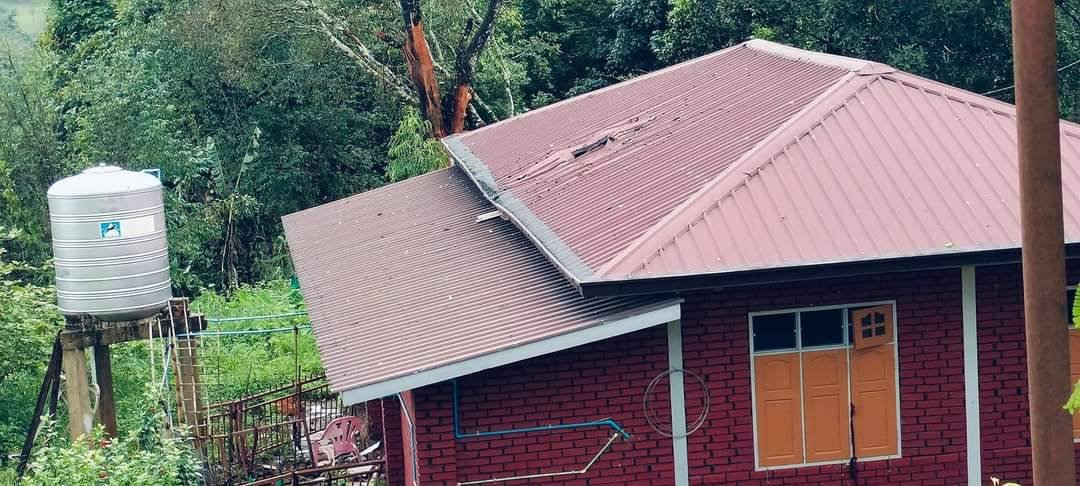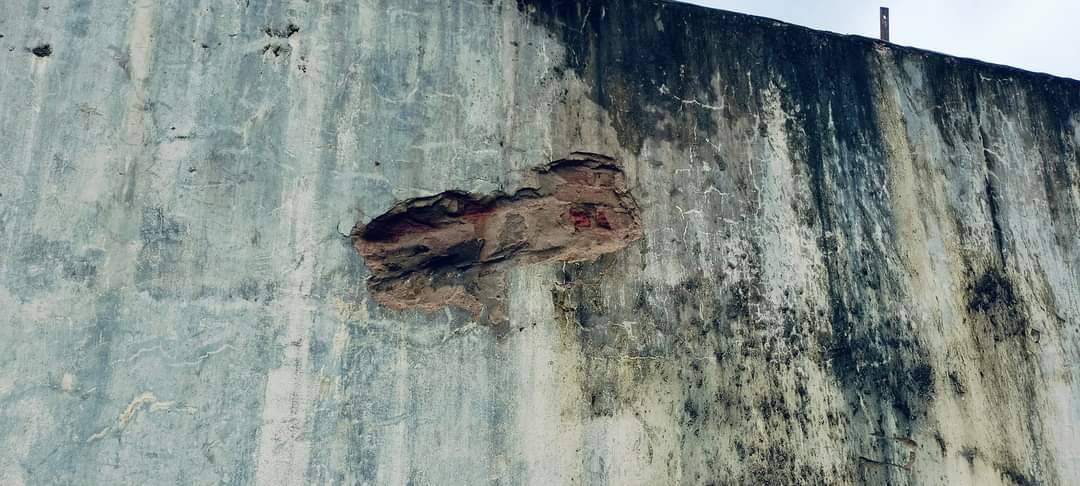Fleeing the Flames: Monks' Harrowing Escape from a Mogok Sanctuary in Ruins
We are continuing with this story surrounding the devastation of Nyaung Thone Bin Monastery in Mogok, where a once-famous Dhamma Hall that housed 2,000 monks now lies in ruins, is a heartbreaking tragedy for the Buddhist community. Forced to flee, the monks are now living in overcrowded and unsafe conditions near Mount Popa, unable to rebuild their monastery until peace returns. Despite the pain, they have shared their story with the international community, and our local leader continues to provide details and updates. Donations are urgently needed to provide these displaced monks with food, shelter, and hope as they navigate this dark period.
“For a devout follower of the Buddha’s teachings like me, this kind of destruction is hard to accept. ”
One of the senior monks I know well was forced to lead a group of young novices from the monastery to escape from Mogok as the fighting became too dangerous. The parents of 20 of these novices asked him to bring their children back to their native villages for one year. The monk himself is from there, so he decided to take these 20 novices from Mandalay to this village. The rest of the novices, over 60 of them, were taken to Mount Popa by the other senior monks.
The journey was full of danger and fear. When they were passing through Depeyin, they got caught in the middle of heavy fighting. The military was dropping bombs over the town, and the sound of airstrikes was so close that it felt like the sky was falling. The village where they were sheltering was very near to Depeyin, and the sound of the bombs was terrifying. Everyone was scared, and it was a miracle that they survived. The monk managed to safely deliver the 20 novices to their parents before he finally made his way to Mount Popa.
The road from Mogok to Pyin Oo Lwin was another nightmare. They had to travel in a truck on wet, slippery red dirt lanes that cut through the cornfields. The mud was so thick and sticky, it was almost impossible to drive. At one point, the mud was so bad that they had to turn back and take a different route, relying on the local villagers to show them the way. The red mud in the rainy season is like a curse—it clings to everything, and driving becomes a dangerous gamble. Even in a 4x4 vehicle, with all the safety features on, the truck would slide and skid like it was on ice, making it very difficult to control. In a regular two-wheel-drive truck with normal tires, you cannot move at all until the rain stops and the mud dries a little. It was a long and terrifying journey, but somehow, by the grace of the Dhamma, the monk finally made it to Popa.
For a devout follower of the Buddha’s teachings like me, this kind of destruction is hard to accept. The monastery was not just a building—it was a sacred place where the Buddha’s teachings were alive, where monks and novices dedicated their lives to the path of enlightenment. To see it destroyed, to know that these monks had to flee for their lives, is heartbreaking. The suffering these monks and novices went through is unimaginable, and it fills me with deep sorrow and a sense of loss. We can only pray that the Dhamma will continue to guide them through these dark times and that one day they can return to their monastery to rebuild and continue their practice in peace.
If you feel moved by their story and wish to help, donations are being accepted to provide for the care and needs of these monks during this difficult time. Your generosity can make a real difference in their lives as they navigate these hardships.








